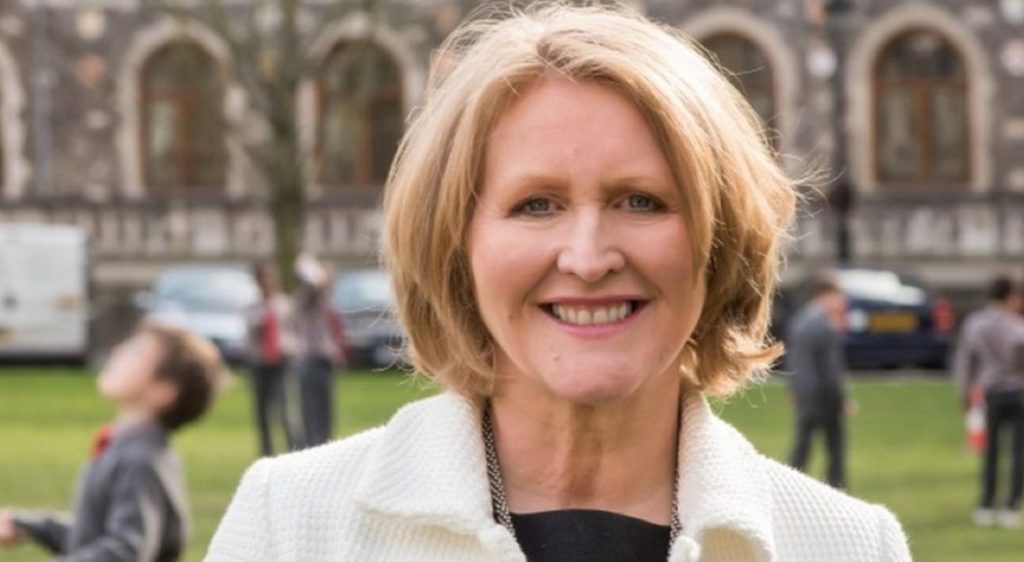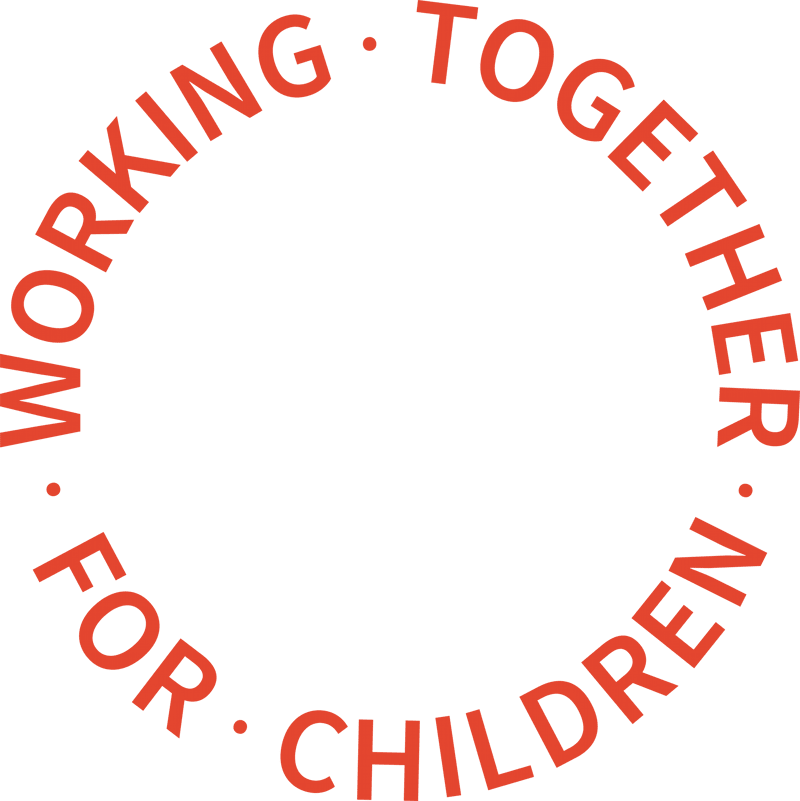A lack of coordination between different agencies responsible for helping to keep vulnerable children safe is leaving them at risk of exploitation, a report by the children’s commissioner for England has found.
In her report assessing how effectively existing infrastructure within local authorities is being used to deliver a public health approach to preventing gang involvement and youth violence, Anne Longfield said the threat of gang exploitation shows no sign of abating.
Anne Longfield said: “The dire consequences of criminal exploitation and serious violence on children are clear to see – the regular toll on young lives is played out across our newspapers and TV news bulletins with depressing regularity. The grim library of serious case reviews lay bare the stories of children who have come to harm, or even lost their lives.
“The common thread throughout all these cases is the series of missed opportunities, from a broad range of agencies, to intervene and protect these vulnerable children,” she added.
The children’s commissioner states that two years on from her last report into this issue and a year after the Prime Minister promised to “cut the head off the snake” of county lines, thousands of children are still not being kept safe.
In 2019, the children’s commissioner published research which found that there were around 27,000 children at high risk of gang exploitation who had not been identified by services. As a result, they were missing out on vital support to protect them and keep them safe.
However, the number of children experiencing broader risk factors linked to exploitation is even larger. One in 25 of all teens in England or 120,000 children are already falling through gaps in education and social care, the report warns. These are children who are being excluded from school or are persistently absent and children who are going missing from care, many facing a combination of factors that could leave them vulnerable to exploitation.
The report argues that often these children are not receiving the additional support they need and that interventions to reduce these vulnerabilities are essential.
The COVID-19 pandemic is likely to exacerbate the issue further as the crisis has increased many of the risk factors of childhood vulnerability. The pandemic has also meant that the most vulnerable children are even harder to identify with a 12% drop in referrals to children’s services in November, in spite of the increased risks.
It had widely been anticipated that there would be a spike in referrals to children’s services when schools re-opened to all in September 2020 although this never came to light, leading to Ofsted warning that child abuse could be going undetected.
It also seems likely that even more children at risk of exploitation are going undetected. The children’s commissioner’s research was carried out prior to the pandemic, but the COVID lockdowns are likely to have increased vulnerability further. During the current lockdown, police report that away from the watchful eyes of teachers, bored and lonely children are increasingly at risk in parks and takeaways, with predators waiting to exploit them.
Criminal gangs are also constantly adapting to changing circumstances, strengthening the case for a public health response which looks at children’s underlying vulnerability to criminal gangs, rather than responding to the particular form the gang are taking at any one particular time.
While praising the government’s funding of £35 million for violence reduction units (VRUs), £200 million to the Youth Endowment Fund over 10 years, and £500 million over five years to the Youth Investment Fund as well as its commitment to using a public health approach to gang violence, the report says insufficient attention has been paid to the need for agencies in other areas to adopt both a safeguarding and public health response across the country, working in partnership with local police forces.
“The vast majority of local authorities still do not have a sufficient grip on the drivers for youth violence in their areas, nor do they have a cogent strategy to reduce risk factors in vulnerable cohorts. Most are not tracking local school exclusions – often a trigger for a significant escalation of risk for children. Drug misuse is also a key risk factor for gang exploitation, but the numbers of children accessing drug treatment has fallen by 41% nationally,” said the report.

For this report, the children’s commissioner’s office requested data from local authorities from their Directors of Public Health, ahead of the Coronavirus pandemic. It found:
- Few local authorities are using public health infrastructure effectively to address the issue of gang-involvement and youth violence and prevent future harm.
- The number of local authorities quantifying the levels of youth violence in their local health strategies is low. While 91% of authorities were tracking some of the risk factors associated with gang-involvement and serious violence, only 1 in 4 were tracking some risks more closely associated with exploitation – such as school exclusion, being outside mainstream education, going missing, experiencing substance misuse and living with a family member convicted of an offence.
- The vast majority of local authorities (115) reported funding drug awareness intervention materials for schools, with 90% of these authorities including awareness training for different types of substances.
- However, only half of local authorities reported having a public health drug policy for children and young people.
- One in four local authorities are using their public health mechanisms well to deal with youth violence. These areas are quantifying levels of youth violence and are more likely to be involved in other aspects of youth violence prevention.
- However, most local authorities are missing opportunities to identify some of the most at-risk children and ensure appropriate services are in place to prevent harm.
The report concludes that a lack of focus on these issues in local authorities is driven by the absence of cross-government national leadership and oversight on the implementation of a public health approach to youth violence.
It says that so far, there is little evidence of a public health approach to youth violence being a national priority in government departments’ work programmes with the term ‘youth violence’ not being mentioned once in Public Health England’s 2020-25 strategy.
The children’s commissioner calls for:
- Strong national leadership to drive the issue as a priority for local authorities.
- A cross-government framework to better coordinate the safeguarding work of local partners.
- A national drugs strategy for children is urgently needed to address falling numbers entering treatment.
- Specific public health funding should be provided to local authorities to deal with criminal exploitation and serious violence.
- Reform of the alternative provision sector in education must focus on making exclusion a last resort.
- Schools should be utilised in the efforts to prevent serious youth violence.
- There should be a significant expansion of early help services and increased investment in mental health, with a NHS trained counsellor in every school, levelling up on spending on speech and language therapy around the country, and an expansion of Troubled Families style intensive support to prevent children from reaching crisis point.
- Local authorities should use Joint Strategic Needs Assessments to quantify levels of youth violence and risk factors criminal exploitation so that all agencies are aware of the scale of the problem and can identify the children who require support accordingly.
- Health and Wellbeing Boards should be leading discussions at a local level about youth violence and gang involvement, coordinating this with the response from safeguarding bodies.
Anne Longfield said: “Predators who seek to exploit children for financial gain will use sophisticated methods to target, groom and coerce children. They are ruthless in their efforts to keep children in their thrall, subjecting them to unspeakable abuse, threats and intimidation. If intervention comes when children are already entangled in these dangerous enterprises, it is difficult to reach them.
“In the context of a global pandemic, it is easy to understand how these issues could drop down the agenda, but it is vital they are prioritised at all levels.
“To keep children safe, the response to youth violence must be a national priority across policing, public health and children’s services. We need equally strong national leadership in each of these three fields, backed up by local partnership working. This is the only way to fully implement a genuine public health approach across the country.
“Tragically, until there is this joined up public health response to gangs that identifies and helps all those children at risk as early as possible, teenagers will keep dying on our streets,” she concluded.
Still Not Safe



